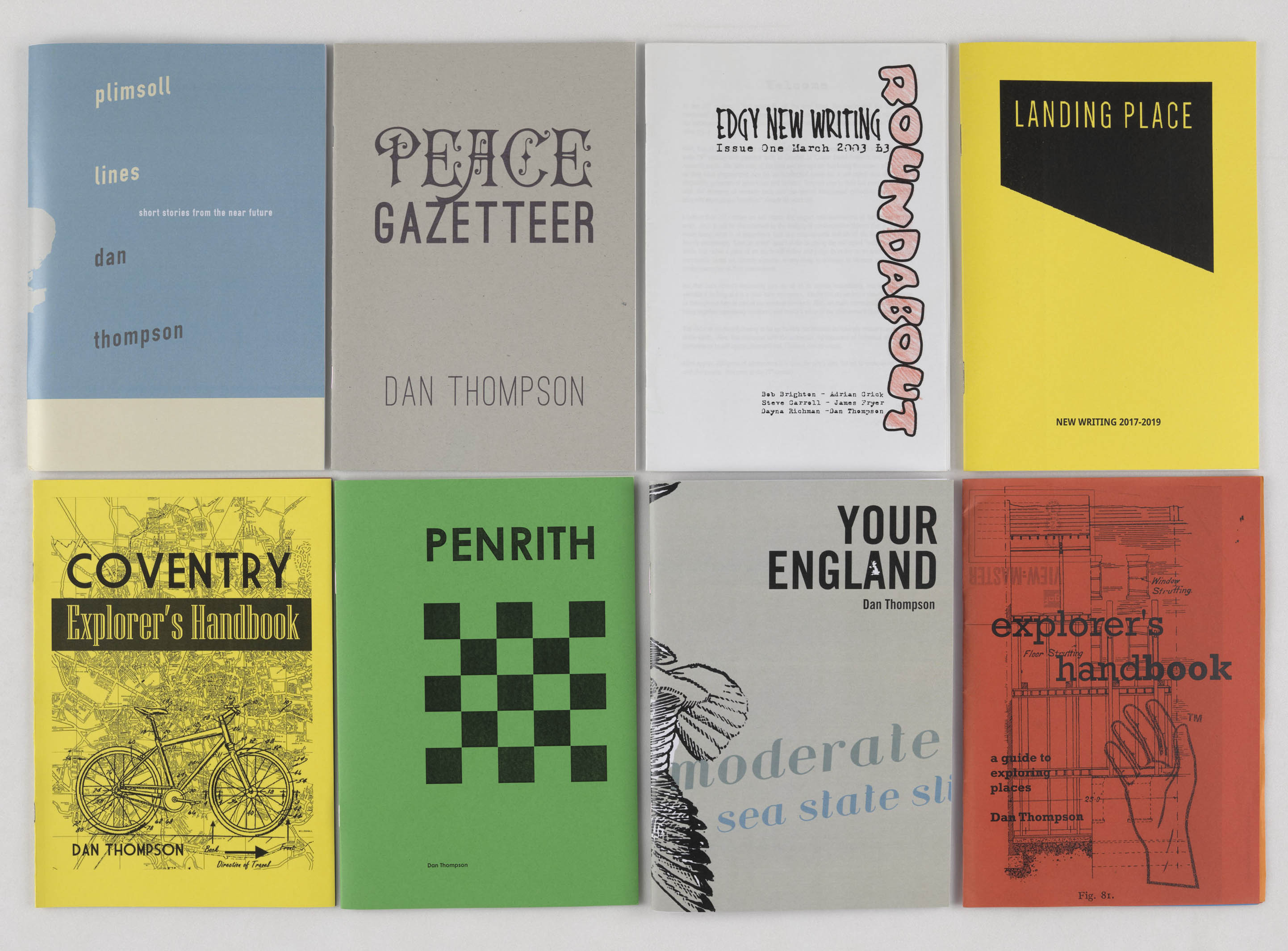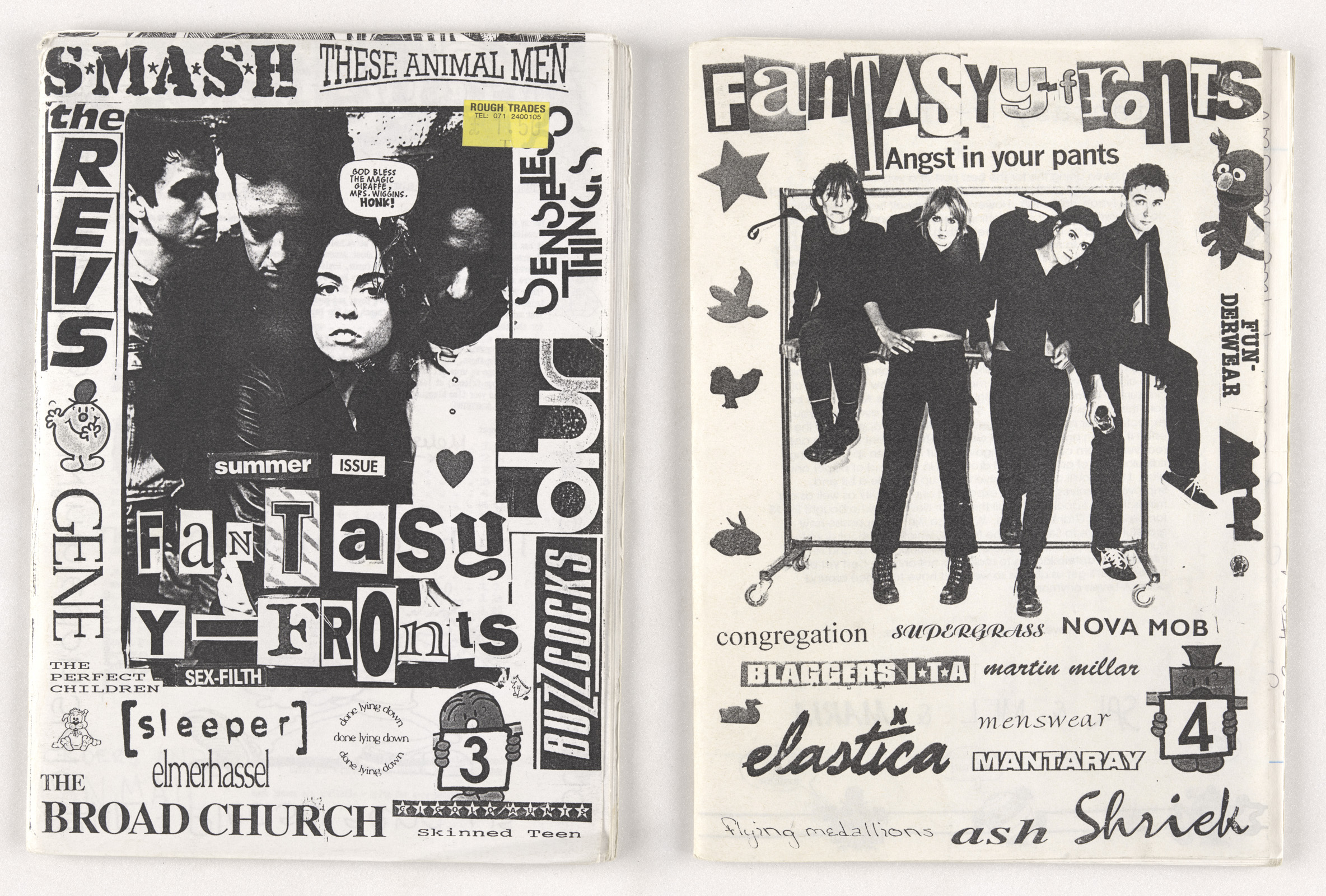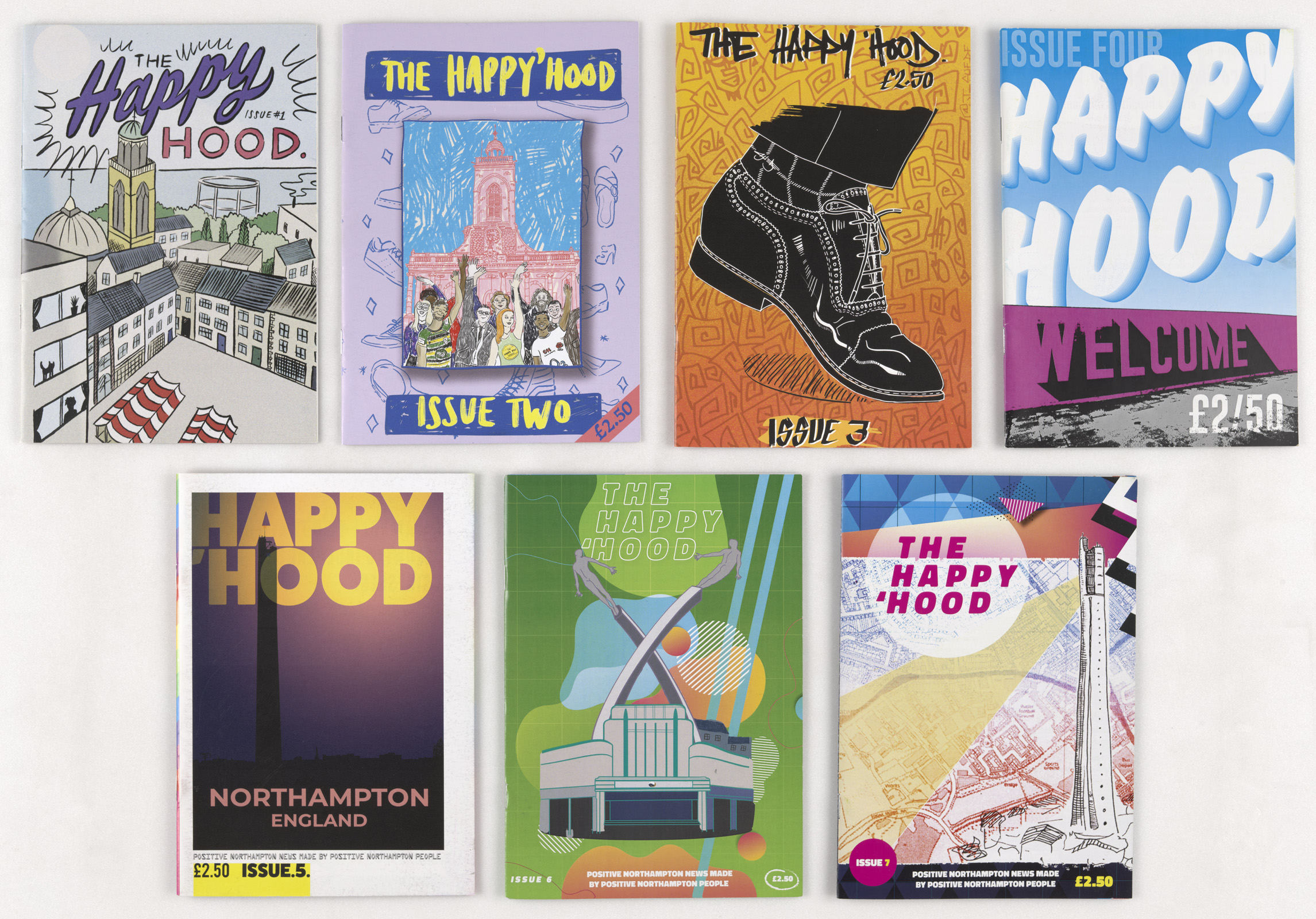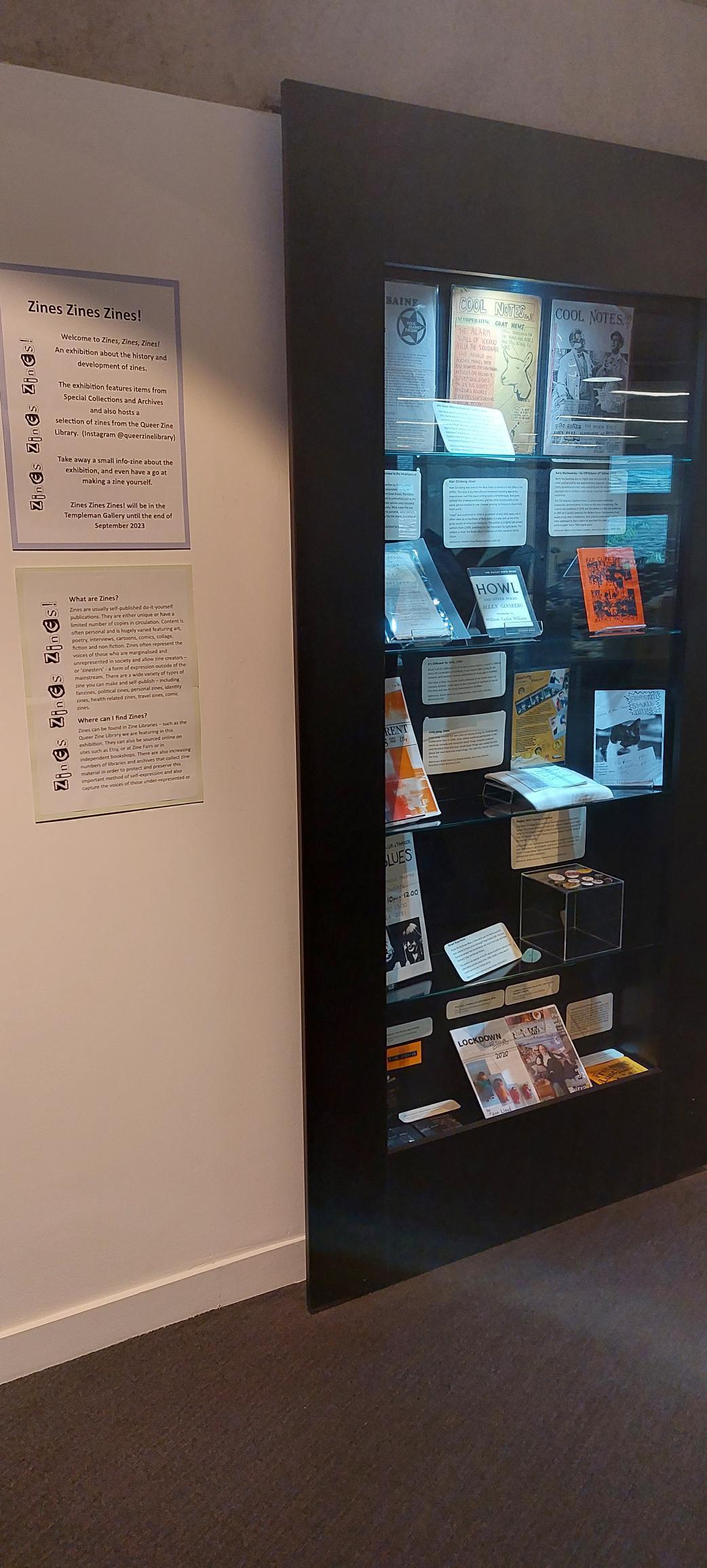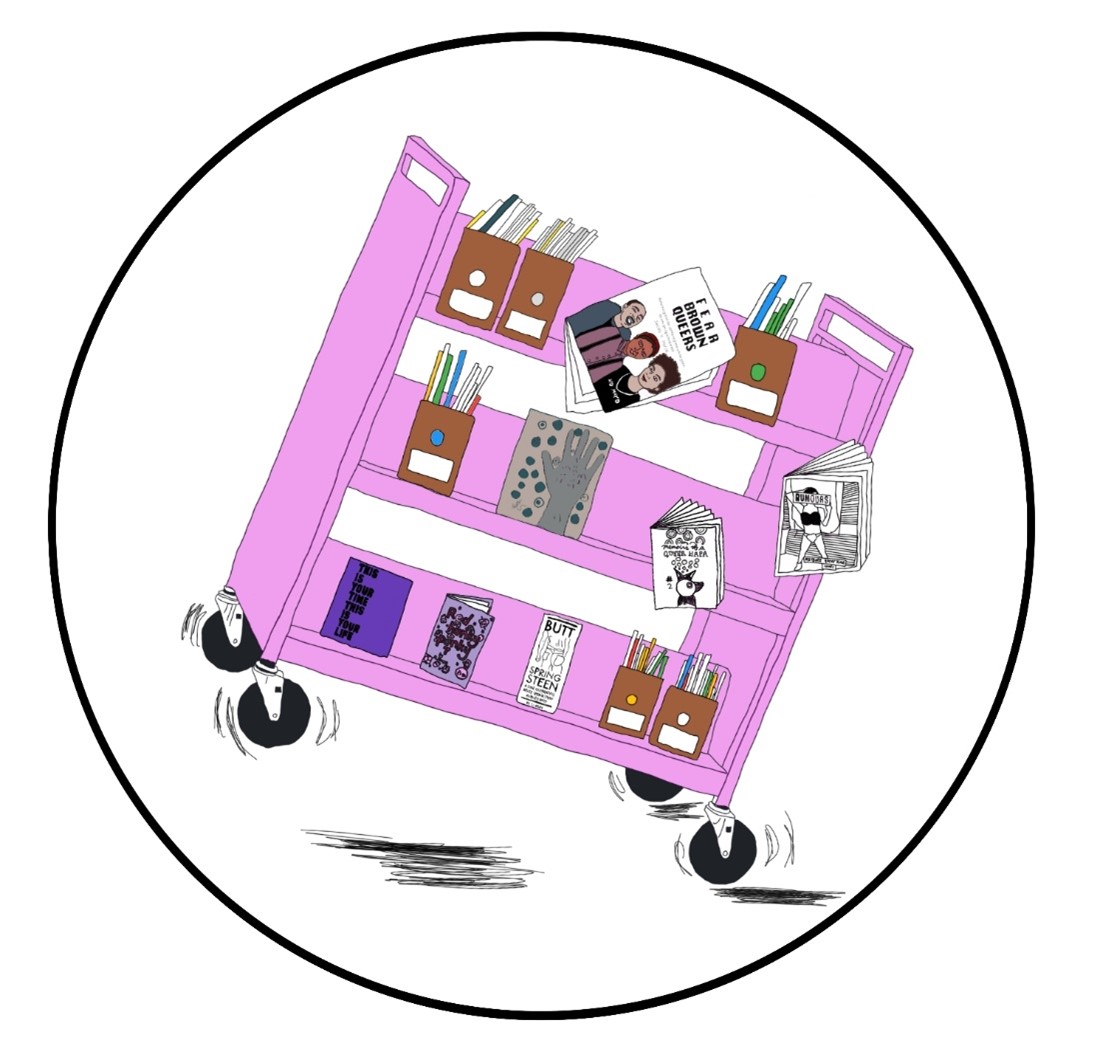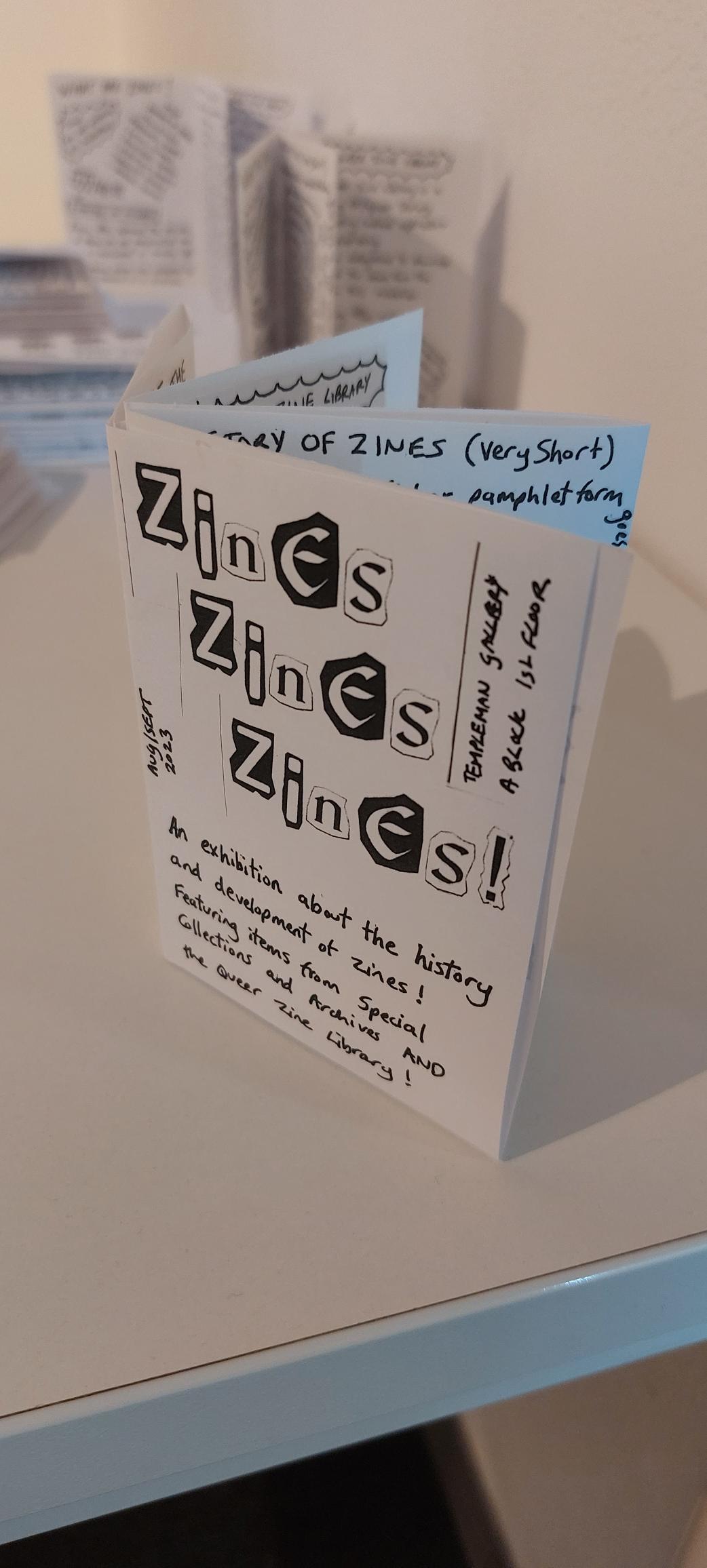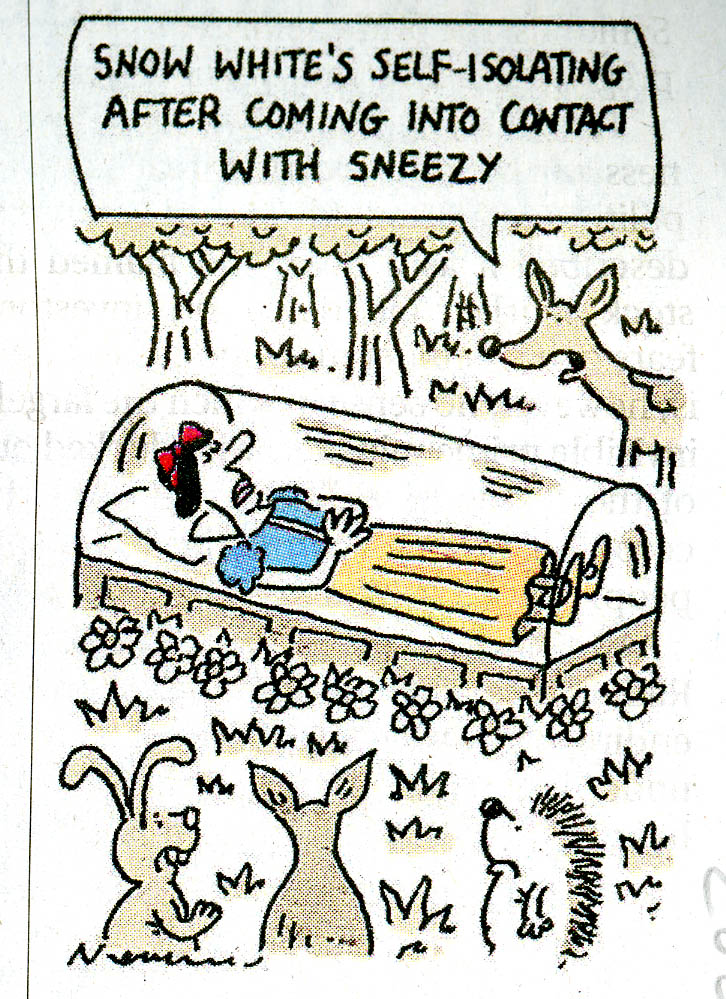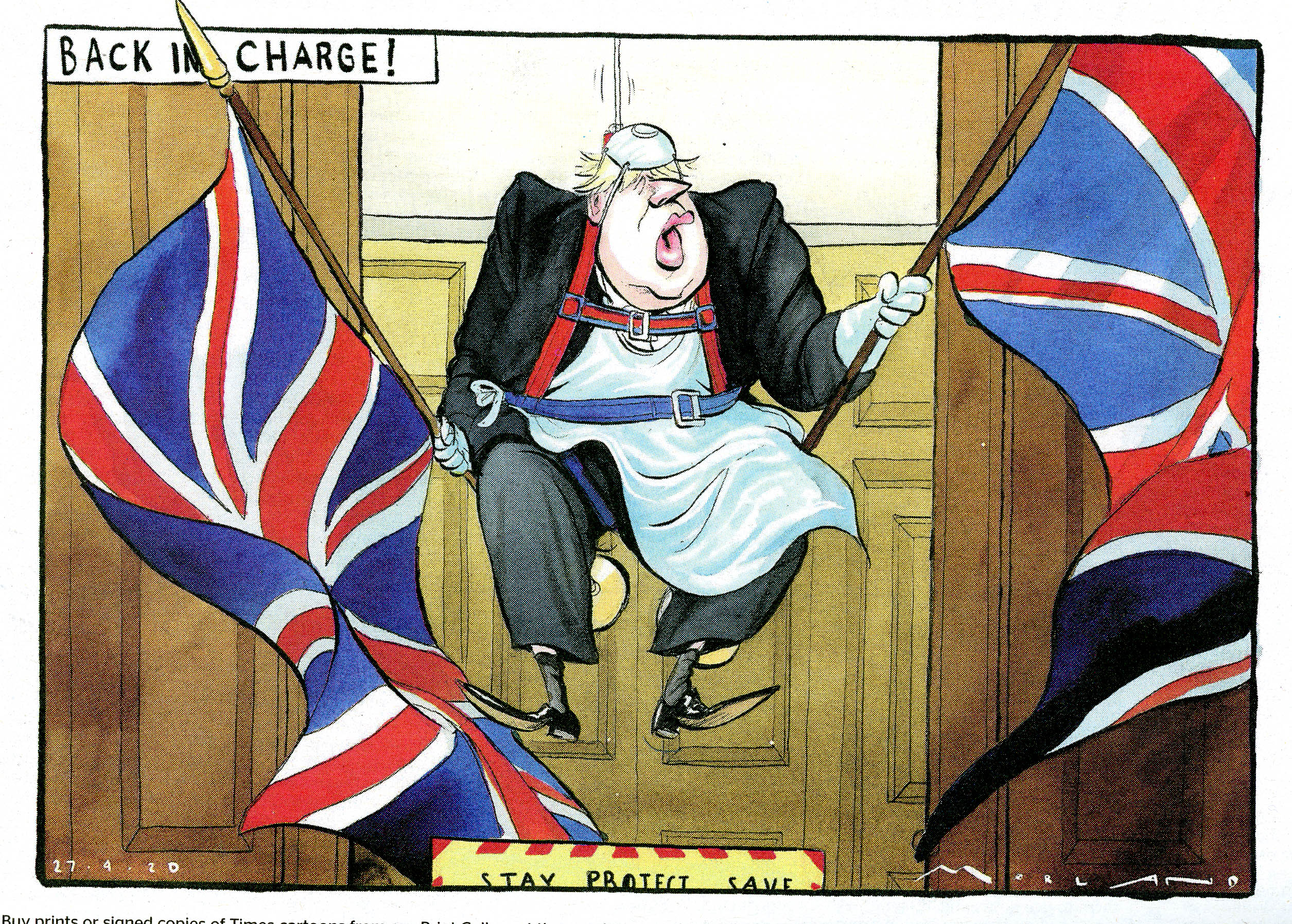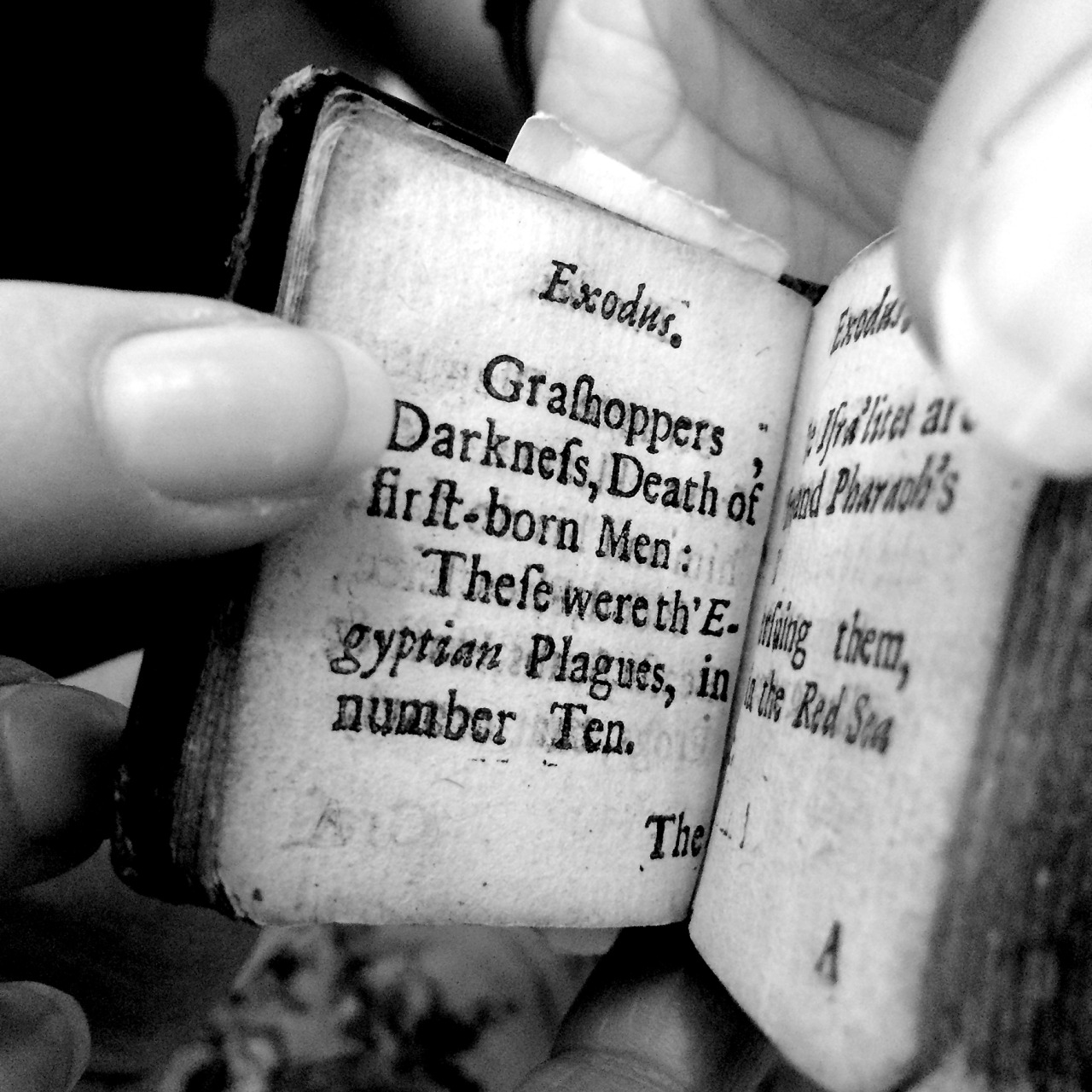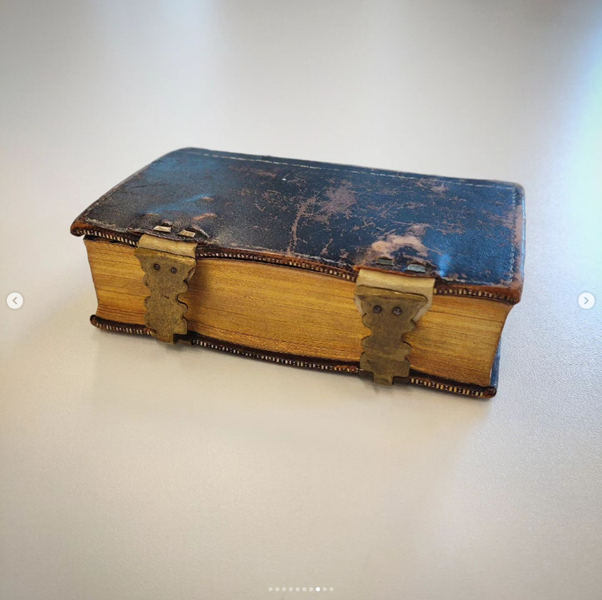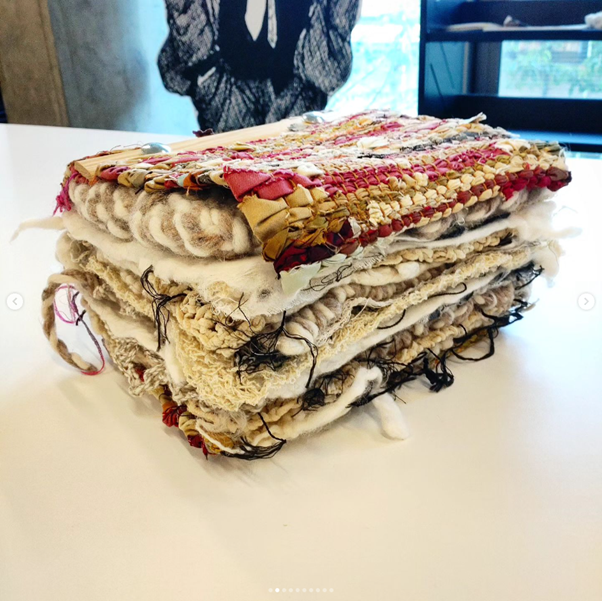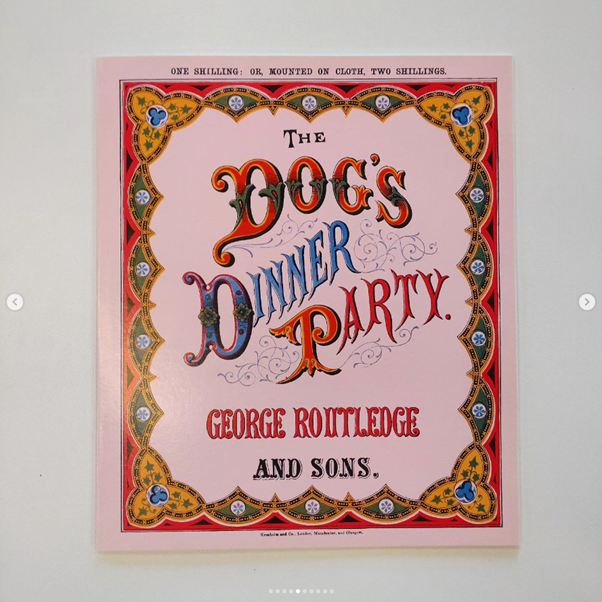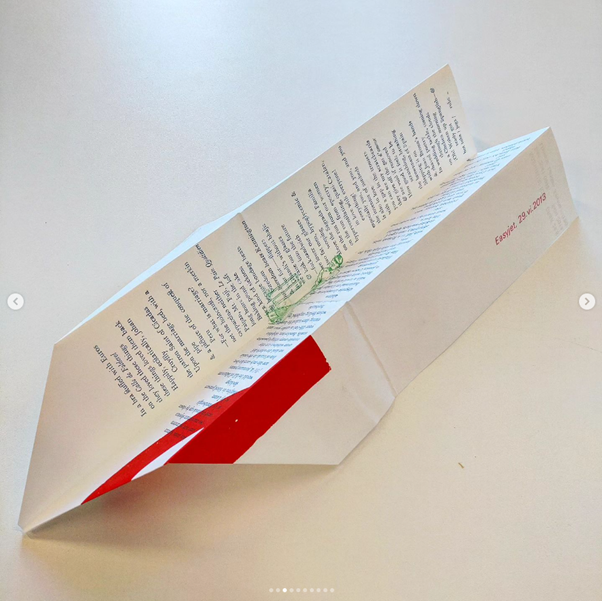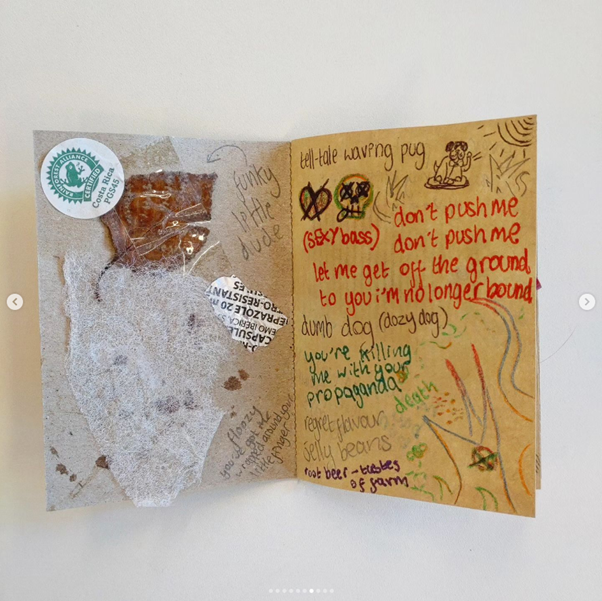We’ve recently been very lucky to receive a fantastic collection of almost 300 zines and artist books from artist, maker and collector, Dan Thompson.
Dan lives in Ramsgate and runs a studio out of Marine Studios in Margate. He works nationwide on projects centred around people and places. Below is his story about this fantastic collection. You can browse the collection here: https://archive.kent.ac.uk
“I’m a collector. I have collected since I was a child (my mum is a collector, too, with a love of the 1920s and 1930s – my dad had collections of stamps and of cigarette cards – and my uncle was an antique dealer). I have collections connected to the First and Second World Wars, to the printing industry, of studio pottery, of 7” soul singles.
But sometimes, collections creep up on you.

Gay Christian zine, 1983-1984, found by Dan Thompson discarded at the British Juggling Convention, Ramsgate in 2022 (DTC/ZIN/02)
Back in the 1990s, I worked with a number of bands – and knew many more – who were on the fringes of Britpop.
Britpop retrospectives always feature two iconic magazine covers, Select with an image of Brett Anderson from Suede and Vanity Fair with a photo of Liam Gallagher and Patsy Kensit under a Union Jack duvet.
But the bands that originally made up the scene were better represented in Fantasy Y Fronts, a thick photocopied zine made by two fans, Mel and Sal. (There were lots of zines around back then, and the best ones were made by women.) Who remembers S*M*A*S*H, These Animal Men, Tiny Monroe, Thurman, Compulsion, Mantaray and co? I do, and they’re all in here.
I used to correspond with Fantasy Y Fronts, in the days when you had to write and post a letter. Finding the best bands, and being part of the scene, took time and commitment.
I kept a couple of copies of Fantasy Y Fronts as a souvenir of that time (I wish I’d kept the correspondence, too), and they’re the foundation this collection is built on.
Added to them are thirty years of things I never consciously collected.
It includes more music zines, including a small collection given to me a few years ago by the manager of Welsh band 60 Ft Dolls. There are political zines and pamphlets, including copies of Occupied Times from the Occupy movement that echo 1960s publications like International Times.
There are things made by artists I’ve known and worked with, like Charles Tolfree and Alice Angus. I’ve curated exhibitions and programmed events across England, so these come in geographical clusters: Brighton and Worthing, where I lived, then Margate, and Stoke-on-Trent where I have worked since 2014.
There are publications like Happy Hood, halfway between a zine and a local magazine, produced by my friend Laura Graham in Northampton.
There are all sorts of things, from all sorts of places, in all sorts of formats. There’s poetry and photography, and creative writing and cartoons.
It’s a mismatched collection because I never set out to collect zines. These are souvenirs of projects, reminders of places I’ve been, gifts or exchanges with people I know – a collection of moments in time. They all originally belonged to other loose collections but a few years ago, I realised that if I took those collections apart (Britpop, or Things About London, or …) the constituent parts made a new collection, of what could be loosely termed artist’s books, zines, and small press publications.
As an artist, I like this reshuffling of knowledge, this reframing of things in different ways. And that’s why I am pleased to be handing the collection, well over a hundred assorted items, to the University of Kent’s Special Collections, where it will be a cornerstone of their growing collection of zines and artist’s books. Because it’s a pack of cards that can be shuffled many ways, and I look forward to seeing who shuffles it and what they turn up.”

